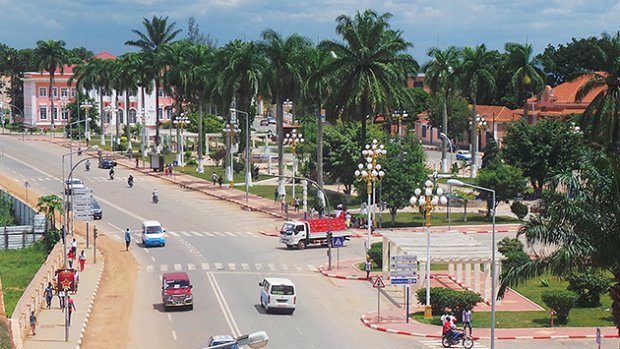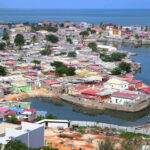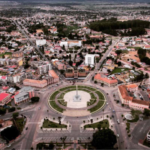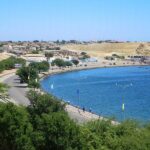Malanje

Malanje, a town situated in north-central Angola, emerged in the mid-19th century as a significant open-air market on the country’s primary plateau, positioned between Luanda—now the nation’s capital, 250 miles (400 km) to the west—and the Cuango valley, inhabited by the Mbundu people, located 125 miles (200 km) to the east. Positioned at an elevation of 4,373 feet (1,333 meters), the town experiences a high-altitude tropical climate.
Before Angola gained independence from Portugal in 1975, Malanje’s surroundings were the primary cotton-producing area in the country. The departure of the Portuguese in conjunction with Angola’s independence and the subsequent civil war (1975–2002) significantly disrupted the production of cotton, as well as coffee and corn (maize). While Malanje suffered partial destruction during the civil war, reconstruction efforts were initiated in the years following the conflict.
The encompassing region encompasses the well-watered northern slopes of Angola’s central plateau and is predominantly drained by the Cuanza River and its tributaries. This area is renowned for various attractions, including the 350-foot (107-meter) high Duque de Bragança Falls on the Lucala River, the Luando Game Reserve to the south, the Milando animal reserve to the north, and the Pungo Andongo stones—giant black monoliths intertwined with tribal legend. The majority of the region’s population belongs to the Mbundu ethnic group.
The principal economic activities in the area include livestock farming, primarily goats, and the cultivation of cotton, corn (maize), fruits, nuts, cassava (manioc), sisal, and tobacco. Additionally, the region boasts mineral resources such as manganese and gold. Quéssua Theological College is situated nearby, and Malanje serves as the terminus of the Luanda Railway, connecting it with the Atlantic coast.
Map view
More about Malanje
| ID |
|---|
| 622 |
| Name |
| Malanje |
| State ID |
| 227 |
| State Code |
| MAL |
| State Name |
| Malanje Province |
| Country ID |
| 7 |
| Country Code |
| AO |
| Country Name |
| Angola |
| Latitude |
| -9.54015000 |
| Longitude |
| 16.34096000 |
| WikiData ID |
| Q621001 |



